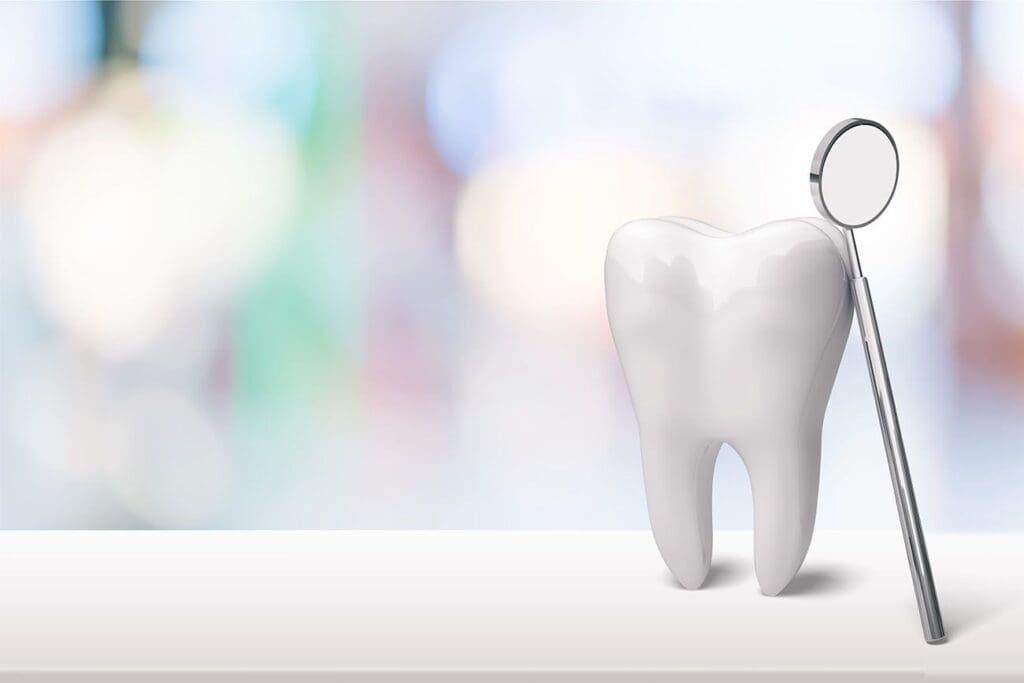Your teeth are tough. They handle daily chewing and biting without problems. But over time, they can wear down in different ways. Two common threats are enamel erosion and tooth decay. While they damage teeth differently, both can seriously harm your smile if left untreated.

Enamel Erosion: When Teeth Wear Down
The hard outer layer of your teeth, enamel, protects them from damage. But enamel can gradually wear away because of:
- Acidic foods/drinks (like citrus or soda)
- Poor brushing that leaves plaque buildup
- Teeth grinding or aging
Once enamel erodes, it doesn’t grow back. Without this protective layer, teeth become sensitive and more likely to have other problems. You might notice discoloration that regular brushing can’t fix.
Tooth Decay: Bacteria Attack
Tooth decay happens when mouth bacteria sneak through weak spots in enamel and creates cavities. Unlike erosion caused by acids, decay comes from bacteria breaking down teeth. Dentists treat cavities by:
- Removing decayed areas
- Filling holes with tooth-colored material
- Using crowns for badly damaged teeth
The Dangerous Connection
Eroded enamel makes teeth more vulnerable to decay. Thinner enamel gives bacteria easier access. The good news is that you can prevent both problems with regular dental checkups, proper brushing and flossing, and limiting acidic and sugary foods.
If you notice tooth sensitivity, pain, or stains, don’t wait to see your dentist. Early treatment prevents bigger problems later. Your smile is worth protecting.
Real-Life Damage: How It Happens
Let’s look at how teeth get damaged and what you can do about it. We’ll use real examples you might recognize.
Meet Sarah. She starts every morning with orange juice and ends her day with a soda. All that acid slowly eats away her enamel, causing erosion. Now her teeth look slightly yellow (the dentin showing through) and feel sensitive when she drinks cold water.
Then there’s Jake. He’s always rushing and often skips nighttime brushing. Plaque builds up, and bacteria feast on leftover food particles. After six months, he notices a small brown spot on his molar. It’s his first cavity.
Treatment Options: Fixing the Damage
For Enamel Erosion:
- Remineralizing treatments: Special fluoride gels can help strengthen remaining enamel (Sarah gets these at her dental cleanings)
- Bonding: For severe erosion, tooth-colored material can rebuild worn areas
- Veneers or crowns: In extreme cases, these cover and protect damaged teeth
For Tooth Decay:
- Fillings: That brown spot Jake found? His dentist cleaned it out and filled it in one visit
- Root canals: When decay reaches the nerve (like when Jake ignored tooth pain for months)
- Crowns: For badly decayed teeth that need extra support
Prevention That Works
Sarah now drinks acidic beverages with meals because there’s less harm to teeth. She uses a straw to bypass teeth, and switches to water after acidic drinks.
Jake’s new routine includes brushes for 2 minutes, twice daily. He also flosses every night to keep cavities between teeth away. Jake gets professional cleanings every 6 months.
Don’t Wait Until It Hurts
Like Sarah’s sensitivity or Jake’s brown spot, early warning signs matter. Your dentist can spot problems before you feel pain. Treatments are quicker, cheaper, and more effective when caught early.
Remember, erosion comes from acids (food/drinks or stomach acid), and decay comes from bacteria feeding on sugar. Both make teeth weaker and more prone to damage.
Next dental visit, ask about your enamel health and cavity risk. A few small changes today can save your smile tomorrow. Call (909) 277-6919 to schedule a dental exam, or request an appointment online.
